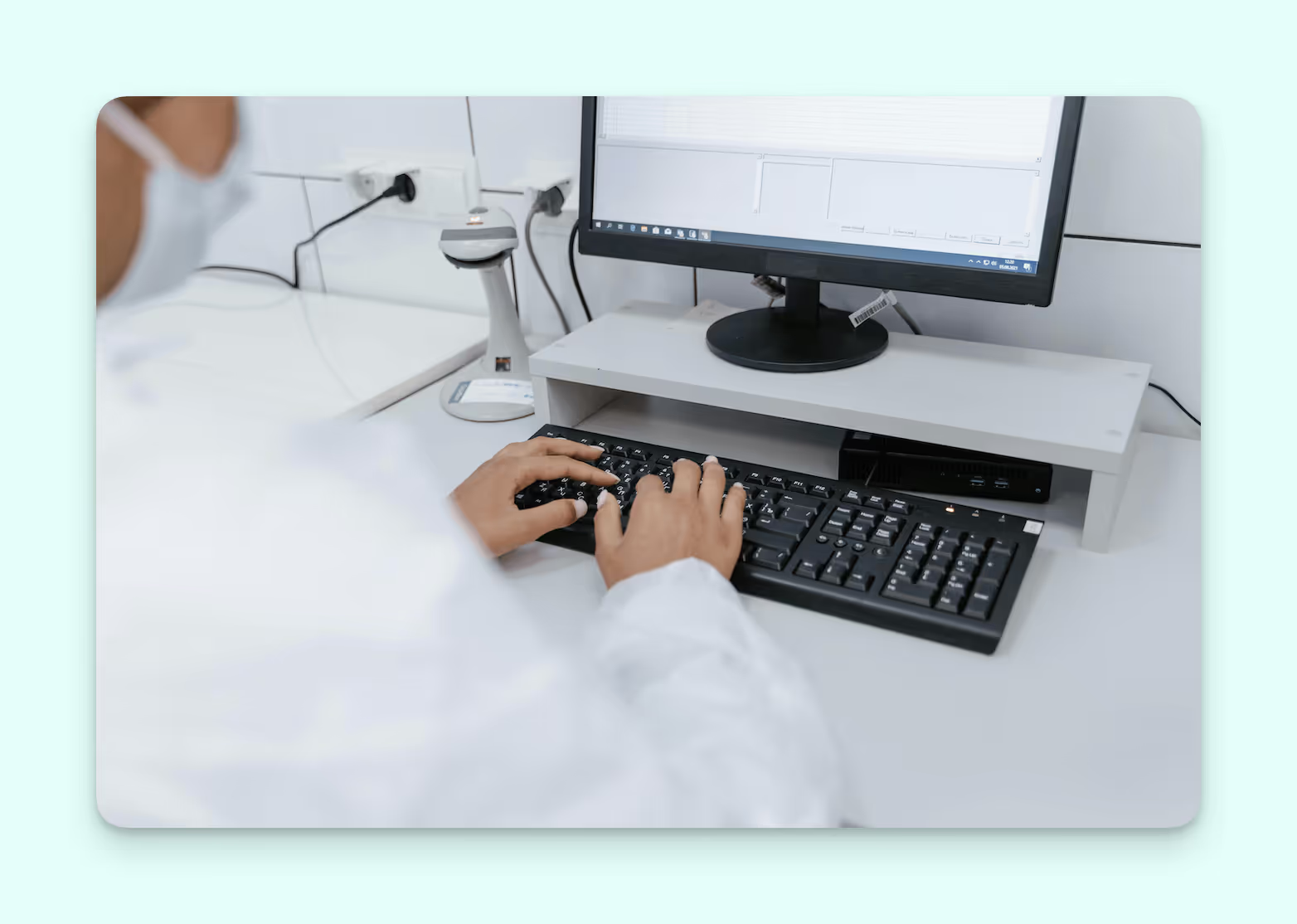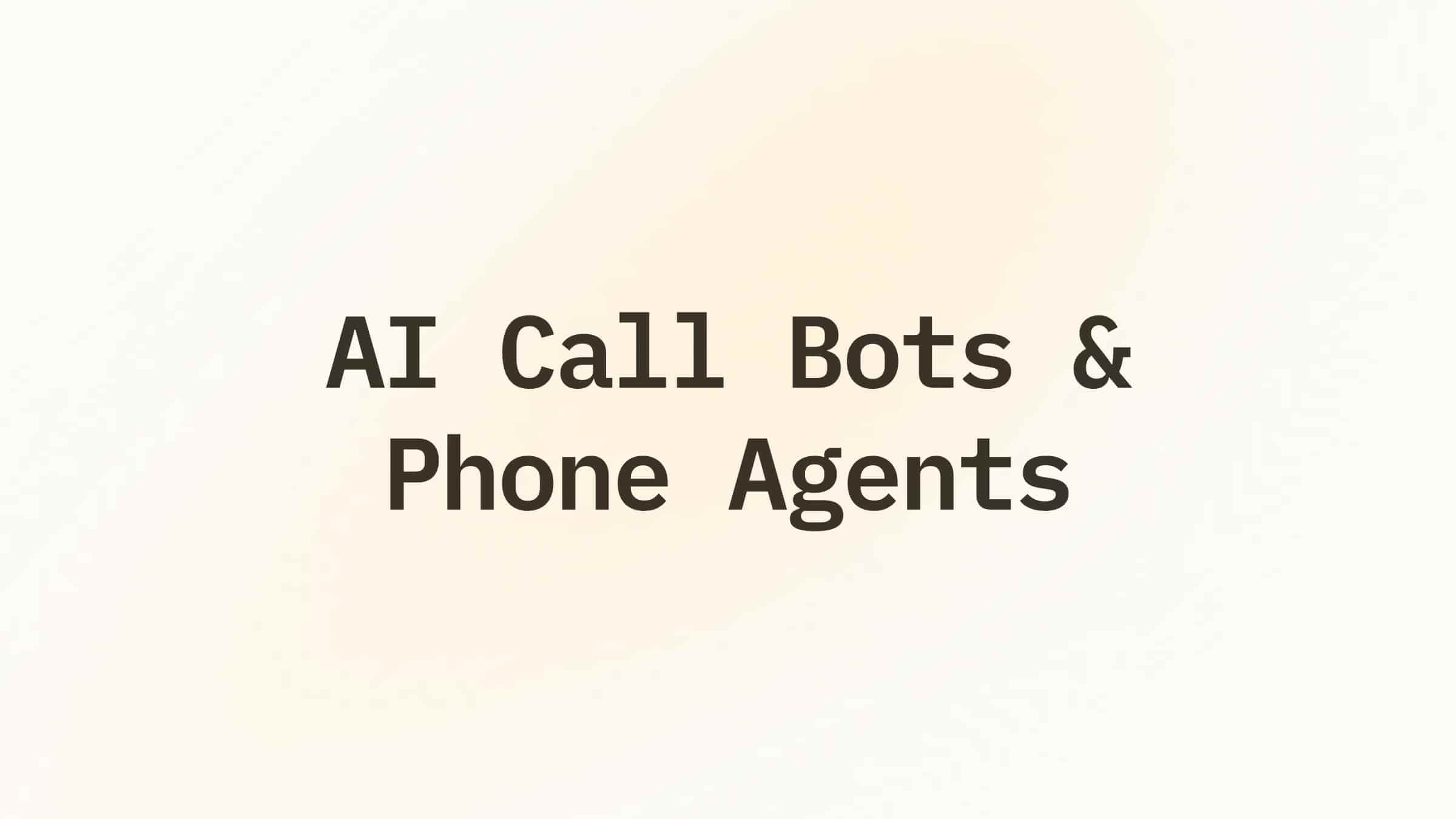You may not have noticed, but we’re in the far-flung future of 2025. And now, technological advances are changing everything about medical practices — down to near-sacred things like how doctors interact with medical charts.
Today, AI medical charting is making huge waves, and saving doctors huge amounts of time while maintaining sky-high accuracy levels.
So, grab a cup of coffee, put your feet up, and let us tell you all about AI medical charting and how it works.
We’ll cover:
- What is AI medical charting?
- How does it even work?
- Is AI medical charting safe?
- Is it accurate?
- Are other medical practitioners doing it?
- How much time can you save with it?
- Are there any drawbacks?

What is AI medical charting?
AI medical charting, or Artificial Intelligence-powered charting, uses software to automatically fill in parts of a patient's electronic medical record.
AI studies a doctor's charting habits and the details of a patient's medical history to predict what should be included in each new note, saving physicians valuable time.
So, instead of typing out the same old information for each patient visit, the AI handles the mundane bits so you can have more face time with your patients.
How does it work?
AI medical charting relies on Natural Language Processing (NLP) to understand doctors' notes, diagnoses, and patient data. NLP algorithms analyze this unstructured data and pull out the meaningful bits to create structured EHRs.
A good analogy would be having an army of interns who can instantly read and organize all your patient notes. Nifty, right?
Also, these algorithms get smarter over time by learning from huge datasets of medical records. So the more they read, the better they get at understanding medical jargon and abbreviations.
So, before you know it, your new medical charting system will be churning out draft charts faster than a McDonald’s drive-thru does burgers.
Additionally, the software highlights anything it's unsure about for you to review. You just have to give it a once over, make any needed changes, and voila — the charting is done in a flash.
And if you’re thinking you’re about to cede all of your medical authority and autonomy, don't worry. The AI doesn't actually make any diagnoses or treatment decisions on its own. It just speeds the documentation process along.
Think of it like autocorrect for medical charts. The AI makes suggestions based on what it's learned from real doctors, but you're still in the driver's seat. You maintain full control over the final medical record.
Is AI medical charting safe?
You're probably wondering — is AI going to keep my health info private or accidentally leak your patients’ medical history?
Rest assured, AI charting systems are designed with privacy, security, and HIPAA compliance in mind.
They use encryption and other safeguards to keep all of your patient data under lock and key. While AI may be adept at diagnosing rashes or analyzing X-rays, it still needs human physicians to oversee and sign off on treatment plans.
Is AI medical charting accurate?
With AI swooping in to take over parts of your job, can you really trust a bot to handle something as important as your patient's charting?
But before you dismiss AI charting altogether, know that these systems are designed with safety and accuracy in mind.
The best-of-the-best have accuracy levels over 99%.
Let’s explore things in a bit more detail:
- AI charting solutions are built on mountains of data from real patient cases and physician notes. They ‘learn’ by analyzing thousands of examples of proper charting and documentation. Over time, as they see more cases, they get smarter and better at accurately capturing the details.
- Yes, AI isn’t perfect, but it’s darn near getting there. Reputable AI charting systems are tested rigorously to meet strict accuracy and safety standards — no less than 98%, and ideally over 99%. They also don’t work alone — they’re designed to partner with physicians, not replace them.
- Most doctors are already swearing by AI’s increase in overall charting accuracy. They reduce repetitive, mundane data entry, which cuts down on human error and fatigue. By pre-populating forms with information from past visits or test results, AI virtually guarantees that you don’t miss documenting important details consistently.
The truth? Physicians report AI systems increasing the accuracy of their charting by 90%. And the data doesn’t lie.
{{templates}}
Are other medical practitioners doing it?
The short answer is yes — and many are already seeing major benefits.
Some pioneering physicians have already made the switch to AI-powered charting solutions:
- Dr. James French, a Level 1 emergency physician and owner of AEMS Medical, was spending over an hour each day updating patient charts.
But when he implemented Lindy, the premier AI medical charting tool, he had this to say:
"Anyone in the medical field should be leveraging AI and Lindy is the first system that should be integrated into your workflow. Lindy has improved the quality and detail of my medical records by 80%".
And he’s not alone. Busy physicians like Dr. Bradley are already swearing by this new tech and its benefits for accuracy and doctor/patient interactions.
Of course, as with any new technology, there is an initial learning curve. However, many doctors and healthcare systems have said the benefits outweigh the costs by several orders of magnitude.
How much time can you save with AI medical charting?
The TL;DR? A lot. On average, doctors and clinicians are seeing time-savings of 2 hours per day by using Lindy.
Nurses and staff see even more pronounced benefits and have reported saving up to 3 hours per shift in documentation time. That adds up to over 1,000 hours per month that can now be spent on direct patient care. Talk about a win-win!
So, the time savings can really add up. Over the course of a week, that’s nearly a whole extra day freed up to see more patients…or simply catch up on your favorite TV shows.
Are there any drawbacks to AI medical charting?
While AI charting has some promising benefits, it’s not all sunshine and rainbows, especially when it comes to getting used to AI becoming an everyday fixture in clinics.
Let’s take a look at some potential drawbacks and growing pains:
- What happens if the lights go out? Regardless of how great it is, it can’t be your only option. Relying solely on technology can leave us scrambling if things go sideways, or if the power or the WiFi goes out. Accidents happen, so having a pen and paper handy can save you some headaches.
- Protecting those medical secrets: Medical data is like the juiciest gossip — everyone wants it, but we have to keep it under wraps. AI systems need to be Fort Knox-level secure to prevent data breaches that could ruin lives, both personally and professionally.
Any AI medical charting solution you choose needs to be HIPAA-compliant (or follow your country’s equivalent regulatory framework).
- The AI "black box": Some AI algorithms are like that super-smart friend who always has the answer... But you have no idea how they got there. This lack of transparency can make doctors potentially uneasy. The lack of transparency when it comes to behind-the-scenes reasoning can be off-putting for some.
But, despite the drawbacks, the conclusions lean overwhelmingly in AI’s favor when it comes to accuracy, security, and reliability.
{{cta}}
Summing up
That’s all there is to it! AI medical charting has come a long way since the early days — now, it’s more than just potential.
So, no more hunting and pecking or scribbling illegible notes. AI medical charting can completely reshape the way you approach notes, and help bring back some candor to doctor/patient interactions.
Plus, the massive gains in accuracy and the hours you’ll get back each day can’t hurt.

Next steps
Looking to revolutionize your clinic's documentation process with AI? Lindy's cutting-edge AI medical charting solution transforms how you manage patient records.
- Slash charting time by 80%: Reclaim up to 8 hours each week to focus on patient care.
- Skyrocket your income: See an increase in annual revenue by $20,000 to $45,000 per clinician.
- Affordable efficiency: Try Lindy today for free.
- Superior intelligence: Lindy is optimized for healthcare, and trained at recognizing medical terminology and shorthand, guaranteeing impeccable, secure, and HIPAA-compliant records (And PIPEDA, if you’re in Canada).
- Easy integration: Lindy effortlessly meshes with your current tools (including Zoom and EMR systems like Epic and Cerner) and allows for the incorporation of tailored templates into your everyday operations.
Experience the difference firsthand with Lindy's 7-day trial with unlimited usage during the trial period, and join the ranks of practitioners who have streamlined their charting with Lindy.
Discover the future of HIPAA-compliant medical charting with Lindy.

















.jpg)
.png)
.png)


.png)
.png)